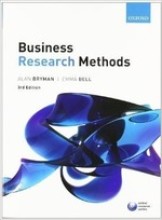Enterprise/Equity Value Basic
6 important questions on Enterprise/Equity Value Basic
4. Why do you need to add the Noncontrolling Interest to Enterprise Value?
5. How do you calculate fully diluted shares?
7. Let’s say a company has 100 shares outstanding, at a share price of $10 each. It also has 10 options outstanding at an exercise price of $15 each – what is its fully diluted equity value?
- Higher grades + faster learning
- Never study anything twice
- 100% sure, 100% understanding
8. Why do you subtract cash in the formula for Enterprise Value? Is that always accurate?
9. Is it always accurate to add Debt to Equity Value when calculating Enterprise Value?
However, there could always be exceptions where the buyer does not pay off the debt. These are rare and I’ve personally never seen it, but once again “never say never” applies.
10. Could a company have a negative Enterprise Value? What would that mean?
The question on the page originate from the summary of the following study material:
- A unique study and practice tool
- Never study anything twice again
- Get the grades you hope for
- 100% sure, 100% understanding





























